Home>Gardening & Outdoor>Outdoor Recreation & Activities>What To Put Under A Bounce House
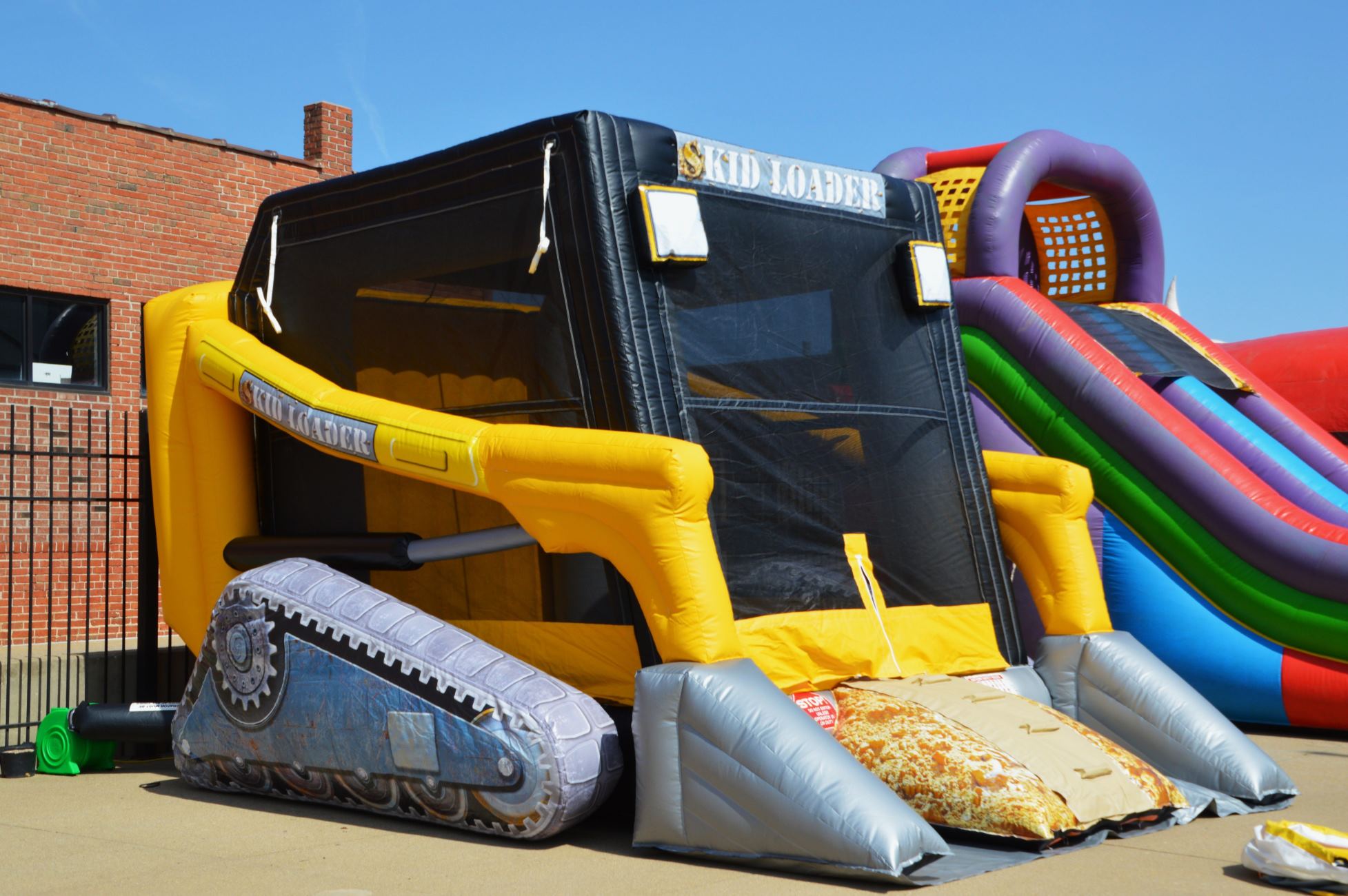

Outdoor Recreation & Activities
What To Put Under A Bounce House
Modified: January 6, 2024
Discover the best options for outdoor recreation and activities to complement your bounce house setup. Find out what to put under a bounce house for a safe and enjoyable experience.
(Many of the links in this article redirect to a specific reviewed product. Your purchase of these products through affiliate links helps to generate commission for Storables.com, at no extra cost. Learn more)
Introduction
When it comes to setting up a bounce house, choosing the right surface to place it on is crucial for ensuring safety, stability, and the overall enjoyment of the experience. The surface beneath the bounce house not only affects the level of fun but also plays a significant role in preventing injuries. From grass to sand, concrete to foam mats, there are various options to consider. Each surface has its advantages and drawbacks, and understanding the best option for your specific situation is essential. In this article, we will explore the different surfaces suitable for placing a bounce house, providing insights into the benefits and considerations for each. Whether you're setting up a bounce house for a backyard birthday party or a community event, knowing what to put under it is paramount for a successful and safe bouncing experience. Let's dive into the details of each option to help you make an informed decision.
Key Takeaways:
- Choose the right surface for your bounce house to ensure safety and fun. Grass and sand offer natural cushioning, while tarp and rubber mats provide stability and protection.
- Safety first! Consider the surface and weather conditions when setting up a bounce house. From grass to water, each option has its benefits and considerations for a safe bouncing experience.
Read more: What Is A Bounce House
Grass
Placing a bounce house on grass is a popular choice for many outdoor events, especially in residential settings. The natural cushioning provided by grass can offer a comfortable and safe surface for bouncing. However, there are some important considerations to keep in mind when using grass as the base for a bounce house.
- Level Ground: Before setting up the bounce house, it is crucial to ensure that the ground is relatively level. This helps to prevent the bounce house from leaning or tipping during use, reducing the risk of accidents.
- Clear Debris: Clear the area of any rocks, sticks, or other debris that could potentially cause discomfort or injury to the participants. It’s essential to provide a clean and hazard-free surface for safe bouncing.
- Grass Length: Trim the grass to an appropriate length. While longer grass can provide additional cushioning, excessively tall grass may affect the stability of the bounce house and pose tripping hazards.
- Weather Considerations: Be mindful of the weather conditions, as heavy rain can turn the grassy area into a muddy mess, which may not be suitable for the bounce house. Additionally, prolonged exposure to direct sunlight can dry out the grass, making it less effective as a cushioning surface.
Overall, grass can be a suitable surface for a bounce house, providing a natural and forgiving base for bouncers. It’s important to prepare the grassy area properly and monitor weather conditions to ensure a safe and enjoyable experience for everyone.
Sand
Setting up a bounce house on sand can create a unique and enjoyable experience, particularly for beachside events or outdoor gatherings near sandy areas. The soft and yielding nature of sand offers a comfortable surface for bouncing, but there are several factors to consider when opting for this base.
- Leveling: Before placing the bounce house on sand, it’s important to ensure that the surface is relatively level. This helps maintain the stability of the bounce house and reduces the risk of uneven bouncing or tipping.
- Debris Removal: Clear the sand area of any sharp shells, rocks, or other debris that could potentially cause discomfort or injury to the participants. Providing a clean and hazard-free surface is essential for safe bouncing.
- Moisture Content: Pay attention to the moisture content of the sand. Excessively wet or damp sand may not provide the desired stability for the bounce house, while extremely dry sand may not offer sufficient cushioning.
- Weather Considerations: Keep an eye on the weather forecast, especially if the event is near a beach or a location with tidal changes. High tides or strong winds can affect the sand surface, potentially impacting the stability of the bounce house.
While sand can offer a comfortable and visually appealing surface for a bounce house, it’s important to address the factors mentioned above to ensure a safe and enjoyable experience for all participants. With proper preparation and attention to detail, a bounce house on sand can provide a memorable and fun-filled experience for everyone involved.
Tarp
Using a tarp as a base for a bounce house is a practical option that offers versatility and ease of setup. A tarp provides a protective barrier between the bounce house and the ground, and it can be utilized in various outdoor settings. Here are some key considerations when using a tarp as the foundation for a bounce house:
- Protection: A tarp helps protect the bottom of the bounce house from potential damage caused by rough or abrasive surfaces. It acts as a shield against sharp objects, rocks, or moisture, thereby extending the lifespan of the bounce house.
- Leveling: Before laying down the tarp, ensure that the ground beneath it is relatively level. This helps maintain the stability of the bounce house and prevents uneven bouncing or shifting during use.
- Secure Anchoring: Properly secure the tarp to the ground to prevent it from shifting or bunching up during bouncing activities. This can be achieved using stakes or weights to keep the tarp in place.
- Cushioning: While a tarp provides a protective barrier, it may not offer the same level of cushioning as natural surfaces like grass or sand. Consider adding a layer of foam or padding beneath the tarp to enhance the comfort and safety of the bounce house setup.
Using a tarp as the base for a bounce house offers practical benefits, especially in locations where natural surfaces may not be suitable or available. With proper anchoring and additional cushioning as needed, a tarp can provide a reliable and protective foundation for a safe and enjoyable bouncing experience.
Concrete
Placing a bounce house on concrete presents unique challenges and considerations due to the hardness and lack of natural cushioning provided by this surface. While concrete is not the ideal choice for a bounce house setup, there are certain scenarios where it may be the only available option. Here are important factors to keep in mind when dealing with concrete as the base for a bounce house:
- Impact Absorption: Concrete does not absorb impact well, which can increase the risk of injuries from falls or rough landings. It’s crucial to take additional safety measures, such as providing extra padding or using a low-height bounce house, to minimize the potential impact on this unforgiving surface.
- Protective Measures: Consider using thick, durable mats or padding specifically designed for impact absorption beneath the bounce house to provide a safer surface for bouncing. These protective layers help mitigate the hardness of the concrete and reduce the risk of injuries.
- Secure Anchoring: Properly secure the bounce house to the concrete surface using heavy-duty anchors or weights to prevent shifting or tipping during use. This is essential for maintaining stability and ensuring the safety of participants.
- Surface Inspection: Thoroughly inspect the concrete surface for any cracks, uneven areas, or debris that could pose hazards. Addressing these potential safety concerns is crucial before setting up the bounce house.
While concrete presents challenges as a base for a bounce house, it’s essential to prioritize safety and take proactive measures to minimize risks. Whenever possible, consider alternative surfaces that offer better impact absorption and cushioning. However, if concrete is the only option available, diligent safety precautions and additional protective measures can help create a safer environment for bouncing activities.
Place a tarp or ground cover under the bounce house to protect it from dirt, rocks, and moisture. This will help extend the life of the bounce house and keep it clean for the kids to play on.
Read more: What Is A Bounce House Made Of
Rubber Mats
Using rubber mats as a base for a bounce house offers a practical and versatile solution, especially in settings where natural surfaces may not be suitable. Rubber mats provide cushioning and impact absorption while offering a level and stable foundation for the bounce house. Here are key considerations when utilizing rubber mats for a bounce house setup:
- Cushioning: Rubber mats offer excellent shock absorption, providing a comfortable and safe surface for bouncing. The flexibility and resilience of rubber help reduce the impact on participants, enhancing the overall safety of the bounce house setup.
- Stability: Rubber mats provide a stable and level surface, minimizing the risk of uneven bouncing or shifting during use. This contributes to a more enjoyable and secure bouncing experience for participants of all ages.
- Protection: The durable nature of rubber mats helps protect the bounce house from potential damage caused by rough or abrasive surfaces. It acts as a shield against sharp objects and provides an added layer of security for the equipment.
- Weather Resistance: Rubber mats are resistant to moisture and can withstand various weather conditions, making them suitable for outdoor use. This ensures that the bounce house remains stable and safe, even in challenging weather environments.
Overall, rubber mats offer a reliable and practical base for a bounce house, combining cushioning, stability, and protective qualities. Whether used in outdoor events, recreational spaces, or temporary setups, rubber mats provide an ideal foundation for a safe and enjoyable bouncing experience.
Carpet
Using carpet as a base for a bounce house presents both benefits and considerations, particularly in indoor or controlled environments. Carpet can offer a soft and comfortable surface for bouncing, but certain factors should be taken into account when opting for this base:
- Cushioning: Carpet provides a cushioned surface that can enhance the comfort of the bounce house experience. The softness of the carpet helps reduce the impact on participants, especially during energetic bouncing activities.
- Leveling: Ensure that the carpeted area is relatively level to maintain the stability of the bounce house. Uneven surfaces can affect the balance and performance of the equipment, potentially leading to safety concerns.
- Secure Anchoring: Properly secure the bounce house to the carpeted surface to prevent shifting or movement during use. This is essential for ensuring a safe and stable environment for bouncing activities.
- Maintenance: Regularly inspect the carpet for any signs of wear, tears, or loose fibers that could pose tripping hazards or affect the stability of the bounce house. Addressing these maintenance concerns is crucial for the safety of participants.
While carpet can provide a soft and forgiving surface for a bounce house, it’s important to address the factors mentioned above to ensure a safe and enjoyable experience for all participants. With proper preparation, maintenance, and attention to detail, carpet can serve as a suitable base for indoor bouncing activities, offering comfort and impact absorption for participants.
Foam Mats
Using foam mats as a base for a bounce house offers a practical and versatile solution, especially in indoor or controlled environments. Foam mats provide cushioning and impact absorption while offering a stable and level foundation for the bounce house. Here are key considerations when utilizing foam mats for a bounce house setup:
- Cushioning: Foam mats offer excellent shock absorption, providing a soft and safe surface for bouncing. The foam material helps reduce the impact on participants, enhancing the overall safety and comfort of the bounce house setup.
- Stability: Foam mats provide a stable and level surface, minimizing the risk of uneven bouncing or shifting during use. This contributes to a secure and enjoyable bouncing experience for participants of all ages.
- Interlocking Design: Foam mats often feature an interlocking design, allowing for easy setup and customization of the bounce house area. This flexibility enables the creation of a tailored and secure surface for bouncing activities.
- Protective Qualities: The soft yet durable nature of foam mats helps protect the bounce house from potential damage caused by impact or rough surfaces. It acts as a protective layer and enhances the overall safety of the equipment.
Overall, foam mats offer a reliable and practical base for a bounce house, combining cushioning, stability, and protective qualities. Whether used in indoor play areas, recreational spaces, or temporary setups, foam mats provide an ideal foundation for a safe and enjoyable bouncing experience.
Water
Using water as a base for a bounce house can create a unique and thrilling experience, especially during hot summer days or aquatic-themed events. While unconventional, setting up a bounce house over water requires careful planning and specific considerations to ensure safety and enjoyment for all participants. Here are important factors to keep in mind when using water as the foundation for a bounce house:
- Water Depth: The depth of the water should be carefully regulated to ensure it is safe for bouncing activities. Shallow, still water is ideal to provide a refreshing and enjoyable surface without posing a drowning hazard.
- Secure Anchoring: Properly secure the bounce house to the water’s edge or use flotation devices to prevent drifting or movement during use. This is essential for maintaining stability and ensuring the safety of participants.
- Safety Measures: Implement additional safety measures, such as requiring participants to wear life jackets or providing supervision by trained lifeguards, especially when children are involved. Safety should be the top priority when incorporating water into the bounce house setup.
- Weather Considerations: Keep an eye on weather conditions, particularly wind speed and changes in water currents. Strong winds or turbulent water can affect the stability of the bounce house and pose safety risks.
While using water as a base for a bounce house can offer a refreshing and exhilarating experience, it’s crucial to prioritize safety and take proactive measures to minimize risks. With proper planning, supervision, and attention to safety guidelines, a bounce house over water can provide a memorable and enjoyable aquatic bouncing experience for all participants.
Read more: What Is The Weight Limit On A Bounce House
Conclusion
Choosing the right surface for a bounce house is essential for creating a safe, enjoyable, and memorable bouncing experience. Each potential base, whether it’s grass, sand, tarp, concrete, rubber mats, carpet, foam mats, or even water, comes with its own set of benefits and considerations. Understanding the characteristics of each surface and addressing specific factors related to safety, stability, and comfort is crucial when setting up a bounce house.
Grass and sand offer natural cushioning and can provide a comfortable surface for bouncing, but they require careful preparation and monitoring of weather conditions. Tarp and rubber mats offer protective qualities and stability, making them practical options for various outdoor and indoor settings. Carpet and foam mats provide cushioning and impact absorption, particularly in controlled environments.
When considering unconventional options such as placing a bounce house over water, prioritizing safety measures and thorough planning is paramount to ensure a fun yet secure experience. Concrete, while not an ideal surface, can be used with additional protective measures and diligent safety precautions.
Ultimately, the choice of the base for a bounce house depends on the specific event, location, and safety considerations. By carefully assessing the characteristics of each surface, addressing potential risks, and implementing appropriate safety measures, it’s possible to create a safe and enjoyable environment for bouncing activities. Whether it’s a backyard party, community event, or recreational gathering, the right surface sets the stage for a fantastic bouncing experience for participants of all ages.
Frequently Asked Questions about What To Put Under A Bounce House
Was this page helpful?
At Storables.com, we guarantee accurate and reliable information. Our content, validated by Expert Board Contributors, is crafted following stringent Editorial Policies. We're committed to providing you with well-researched, expert-backed insights for all your informational needs.
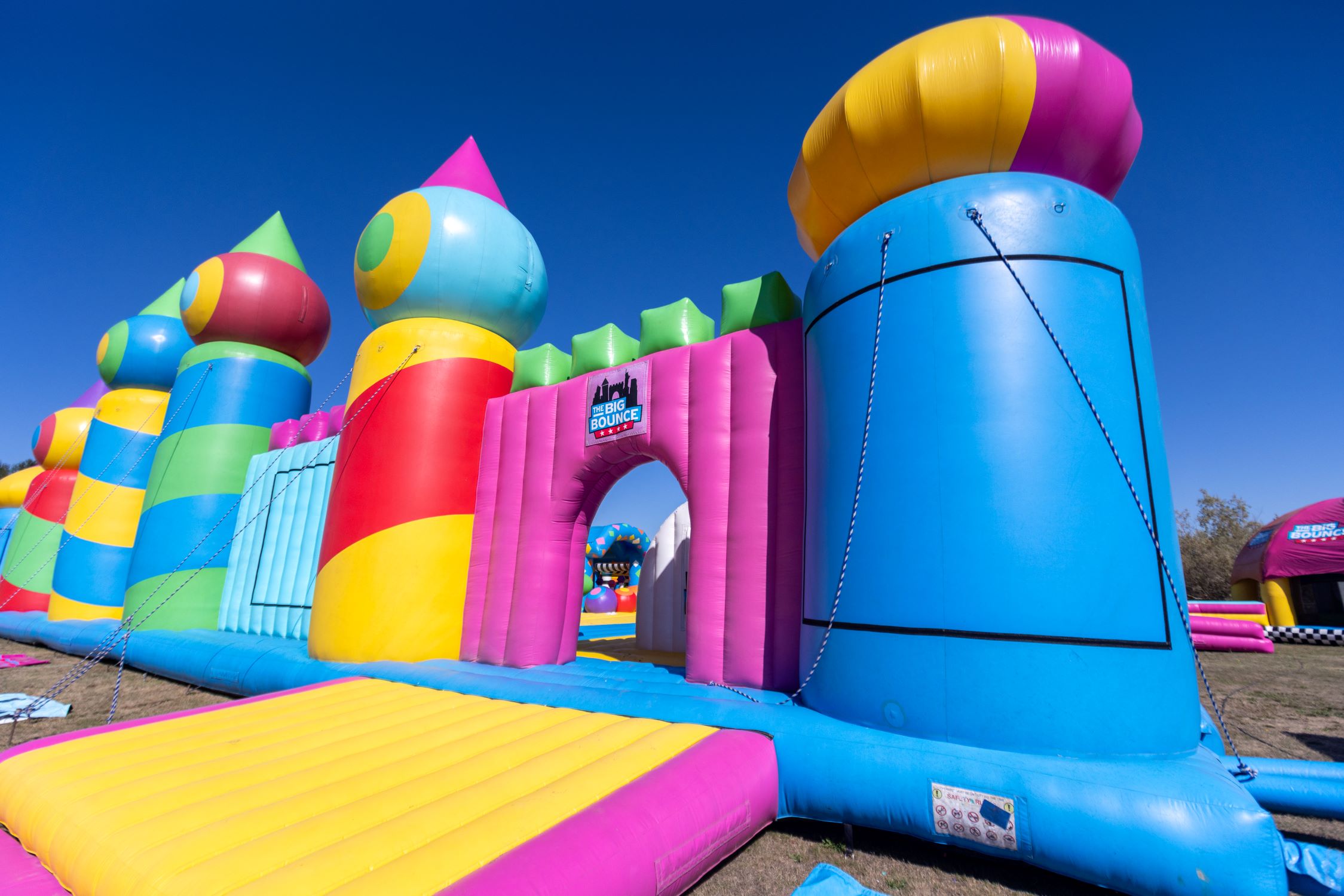
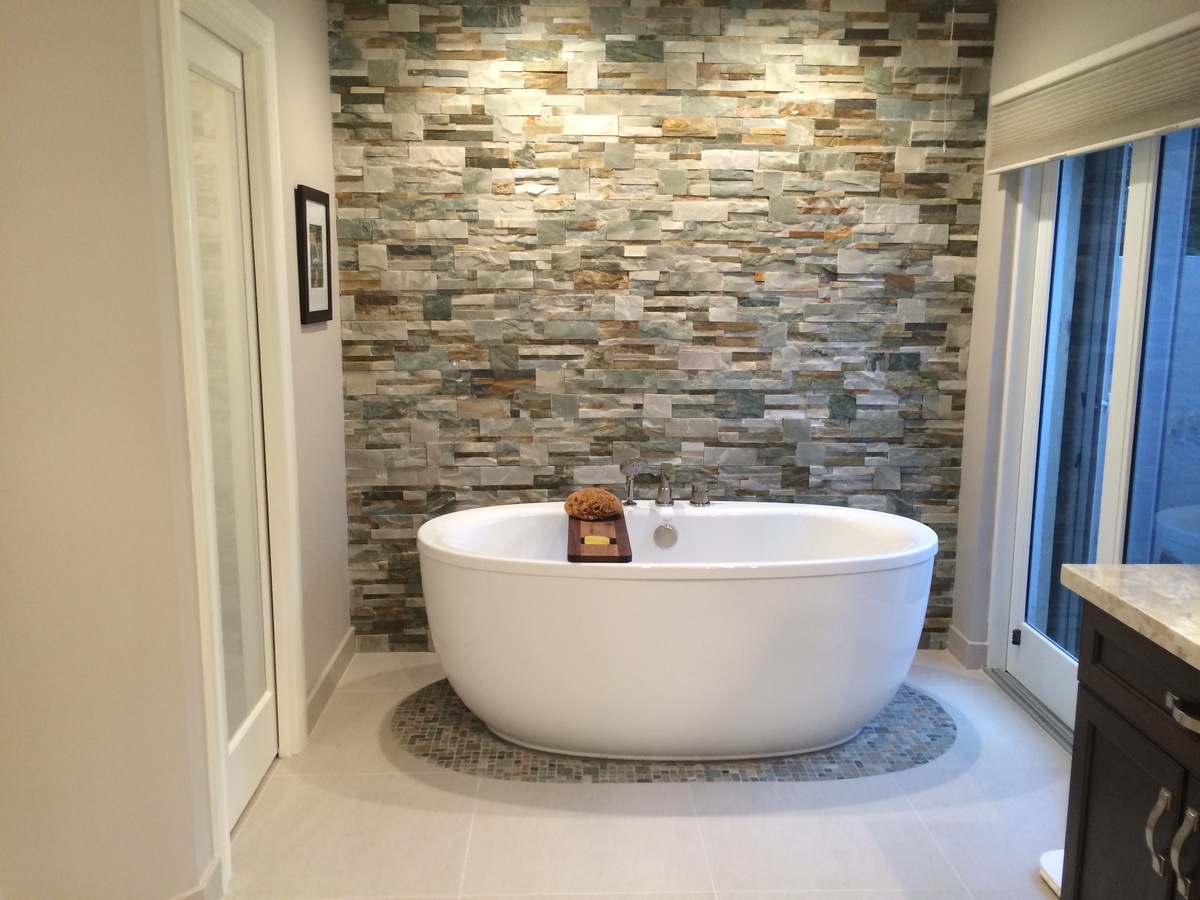
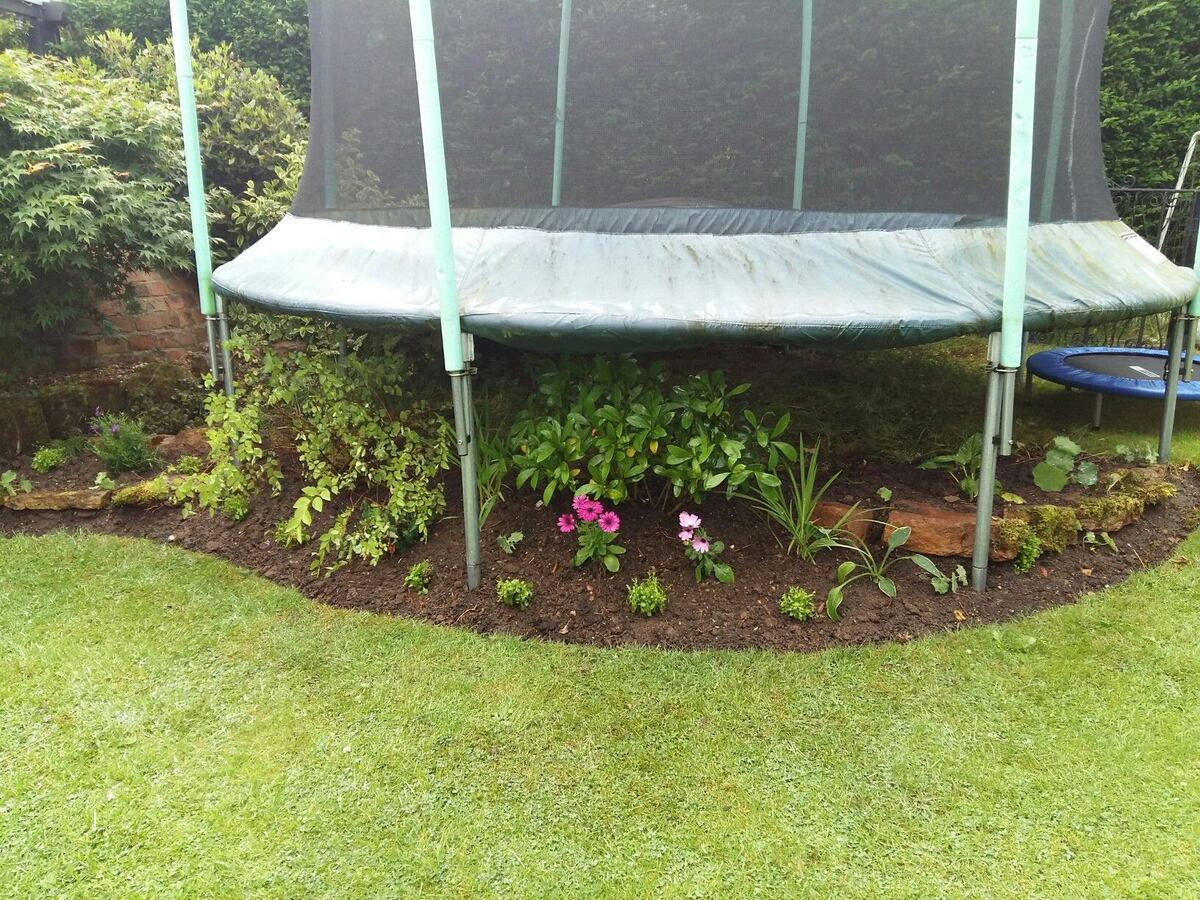
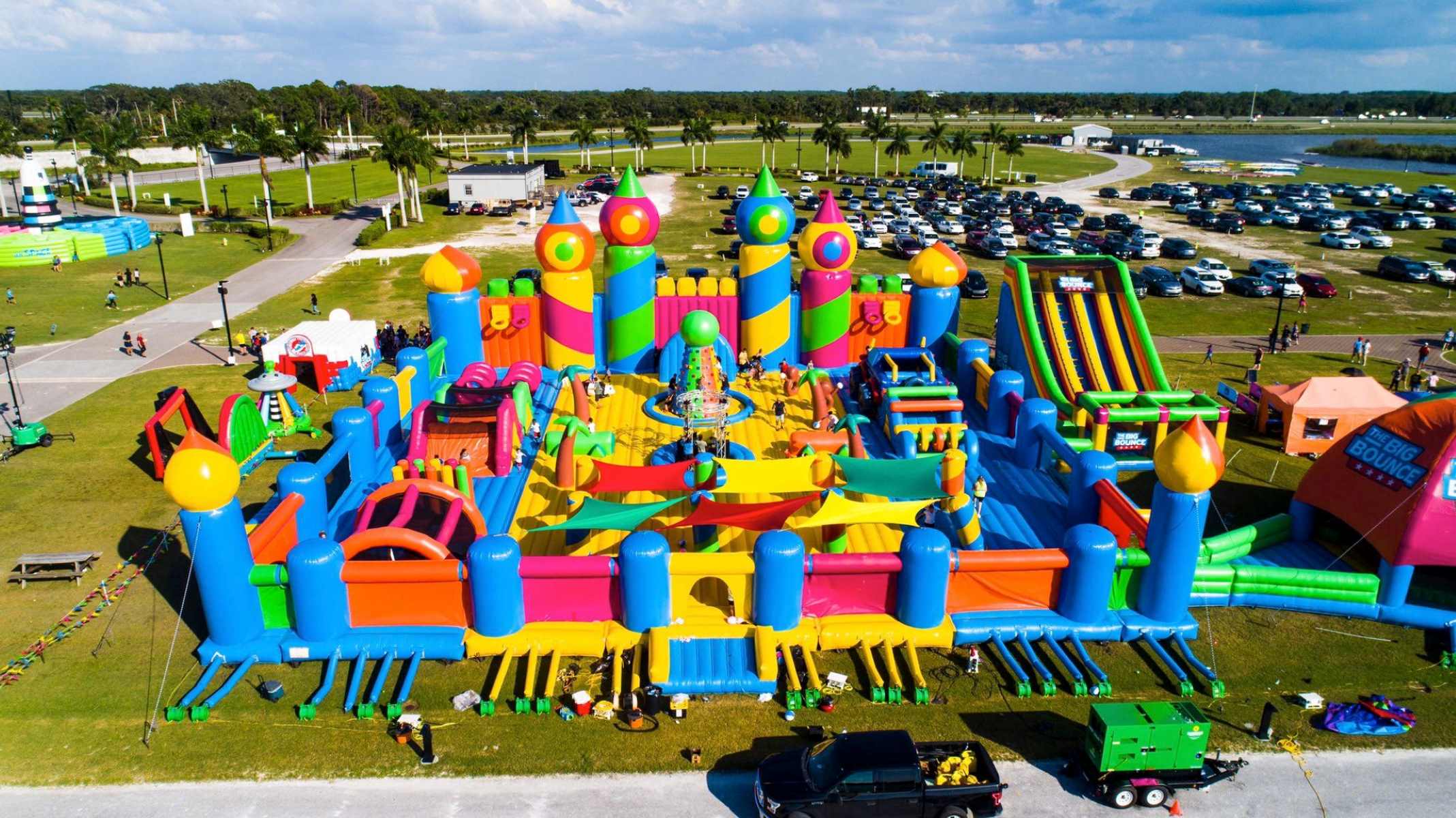
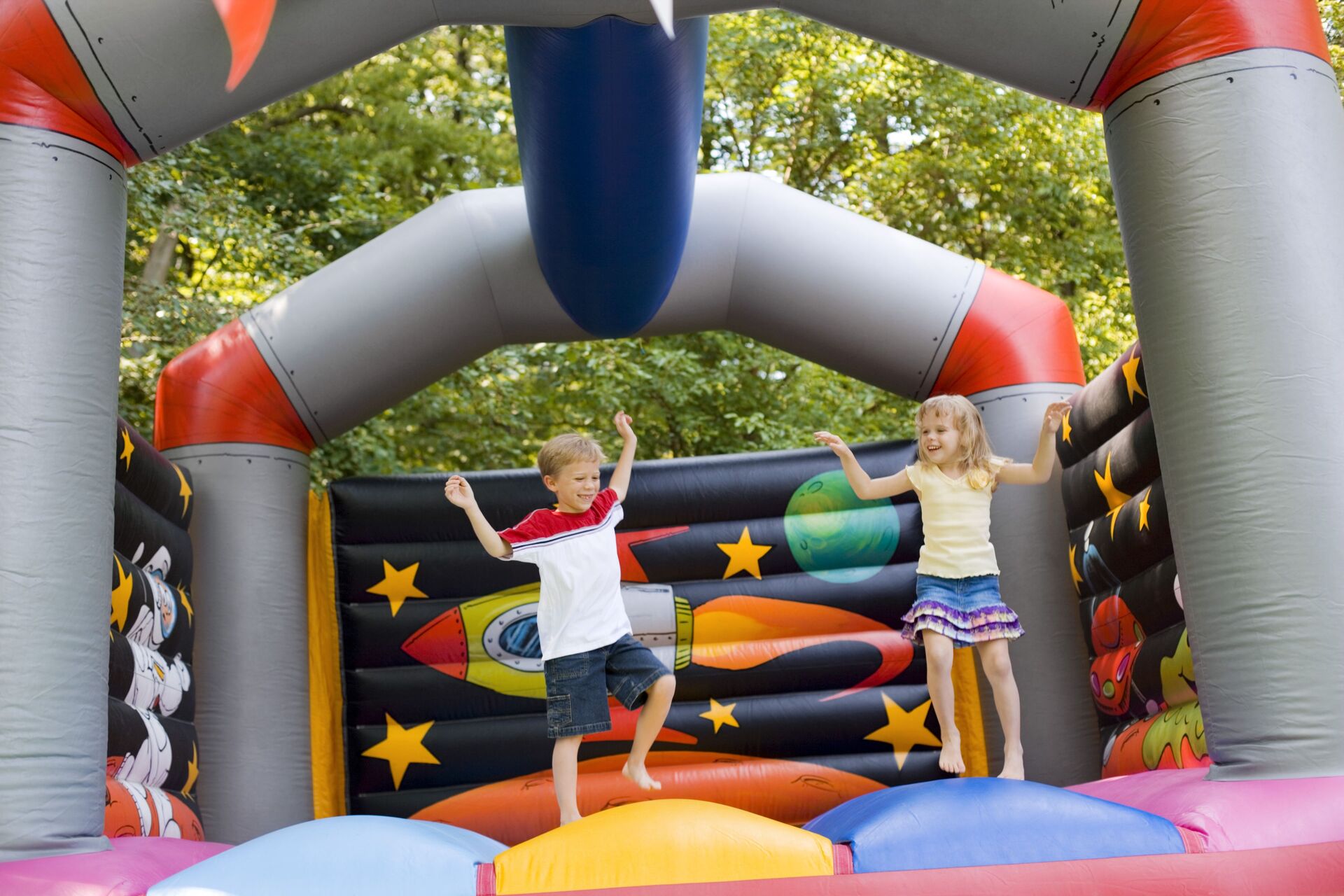
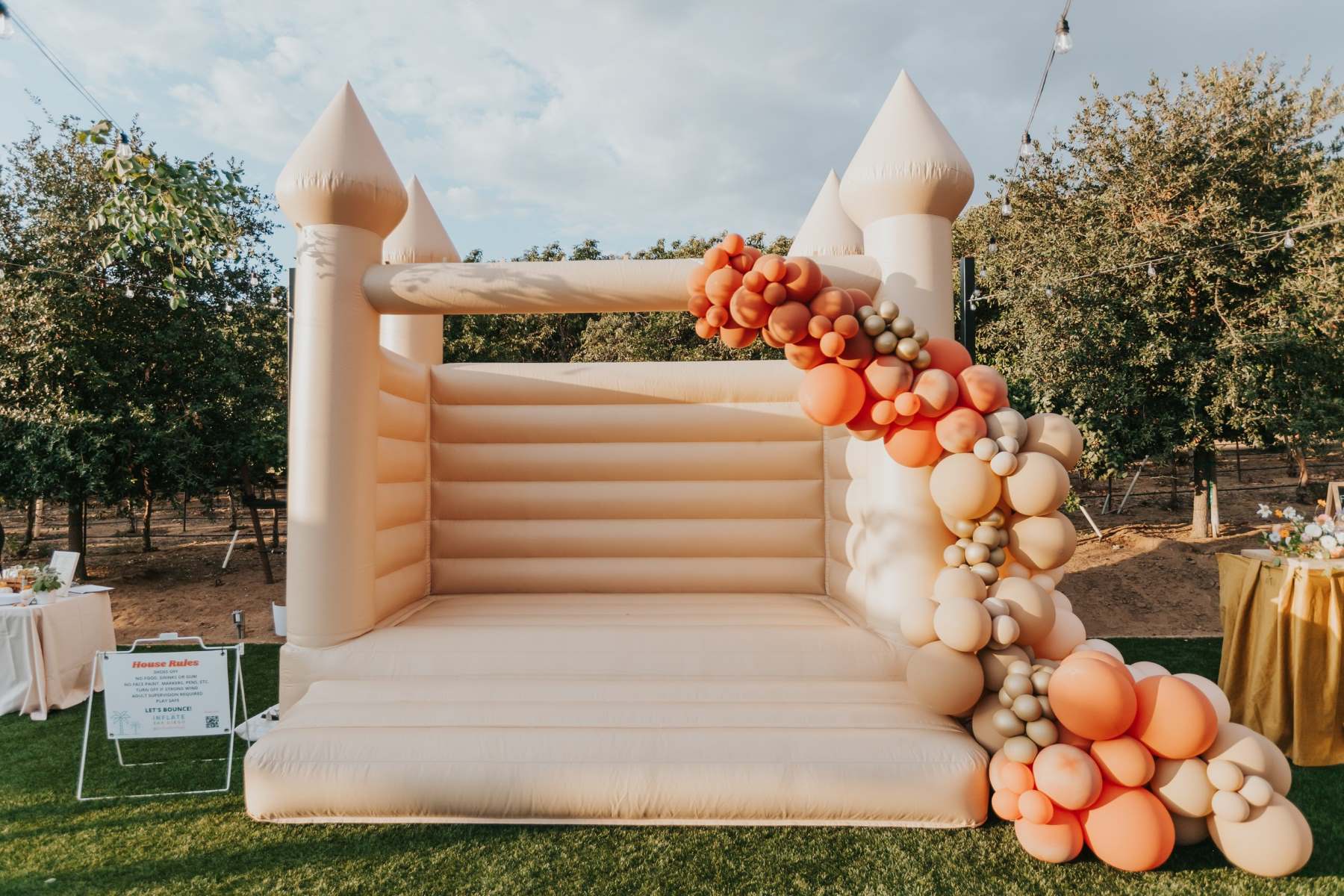
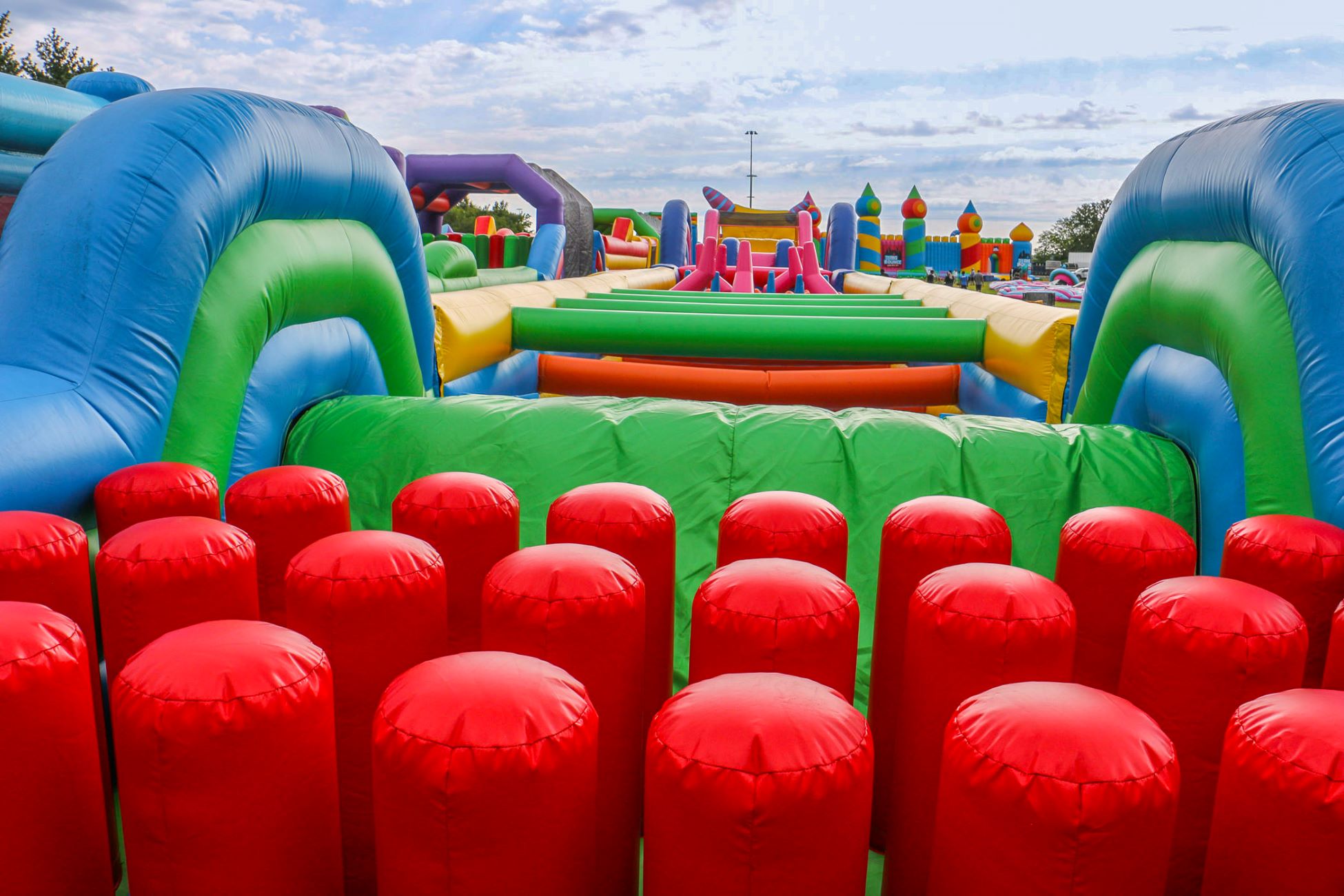
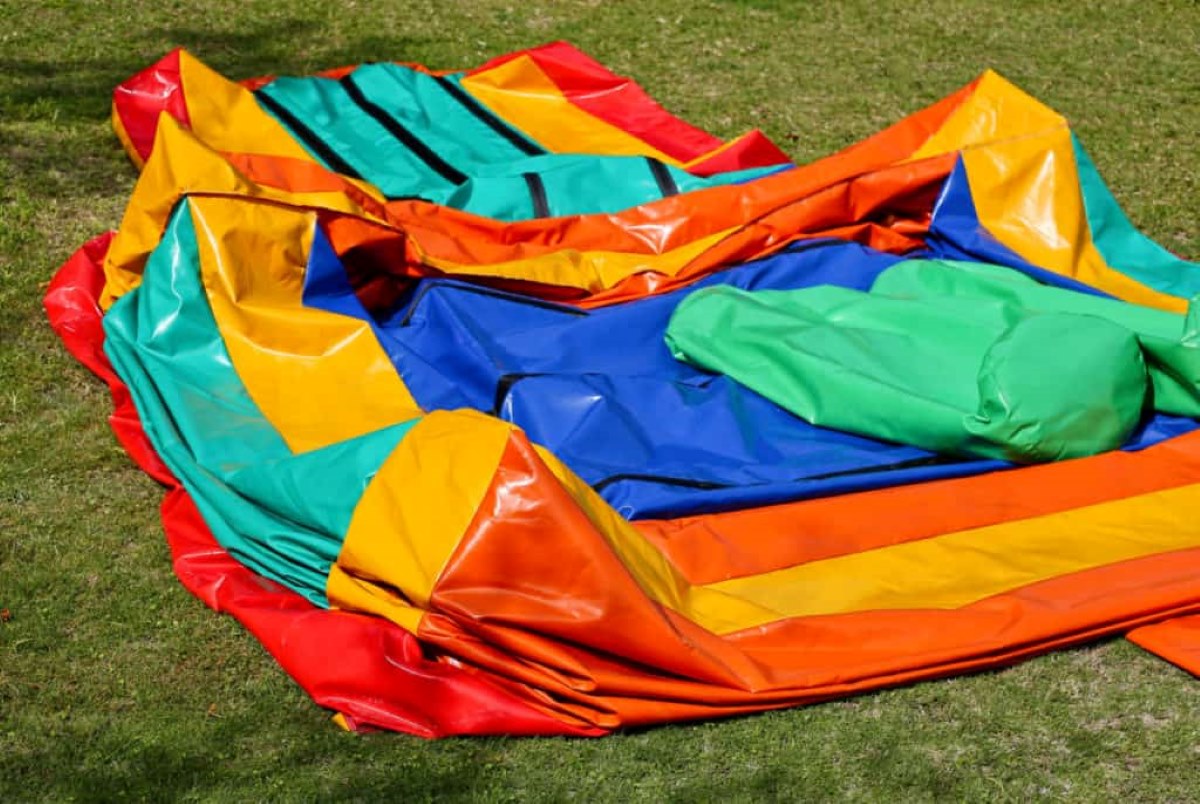
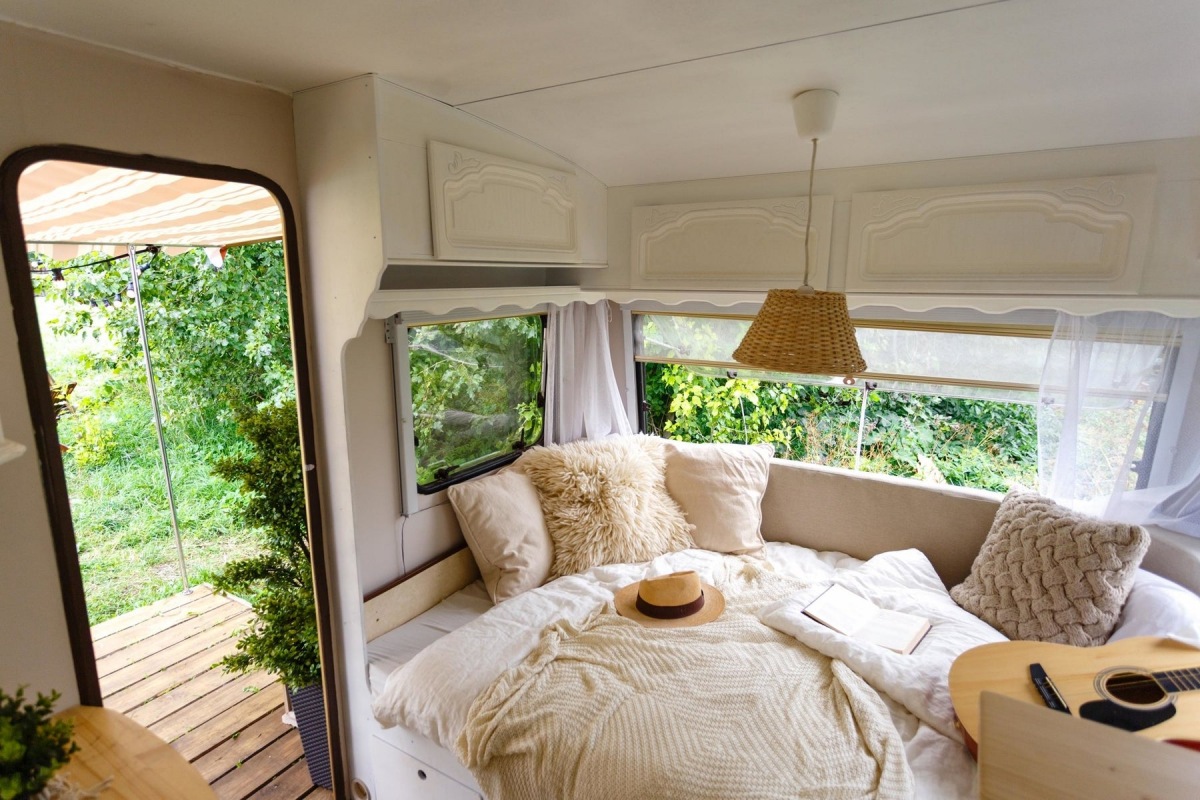
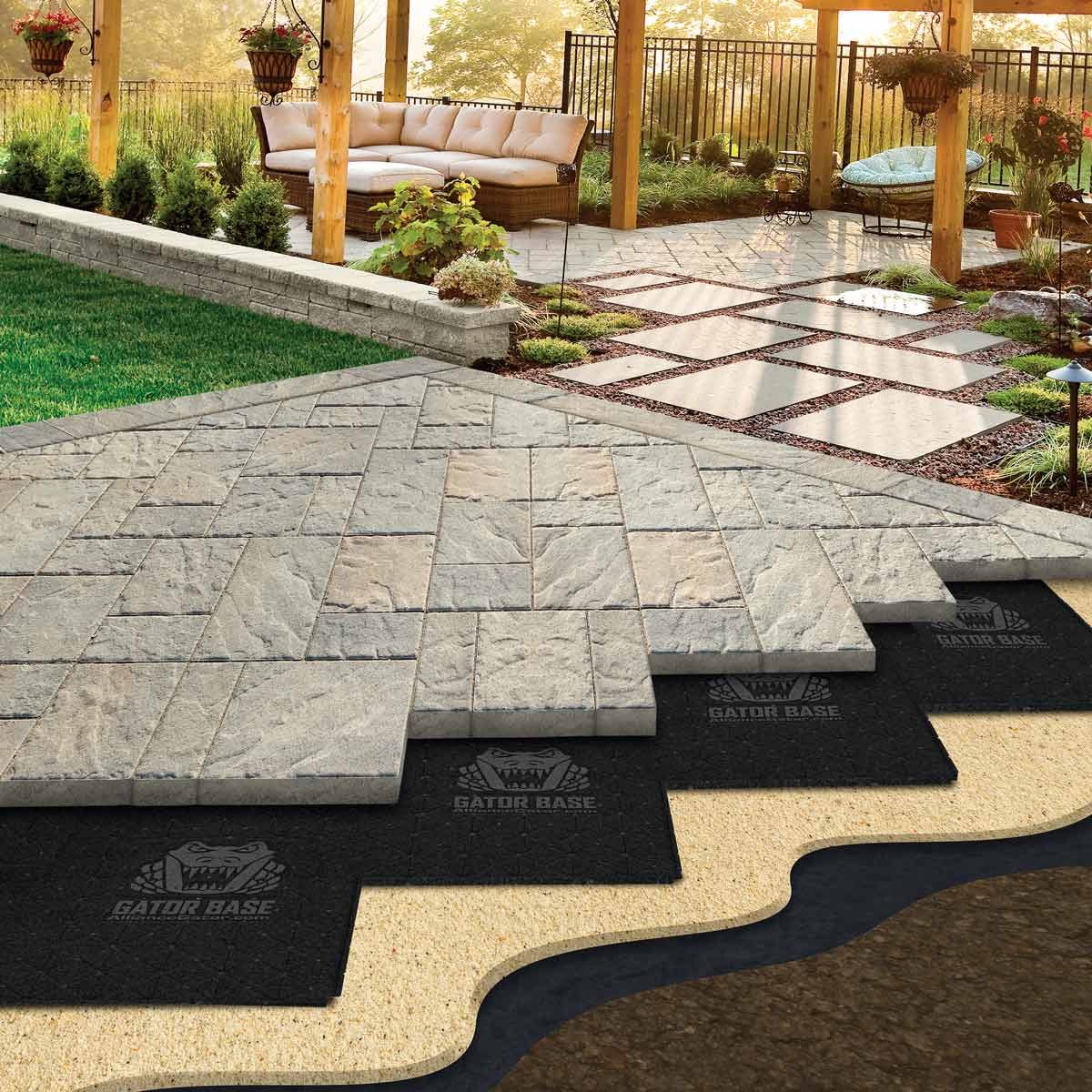
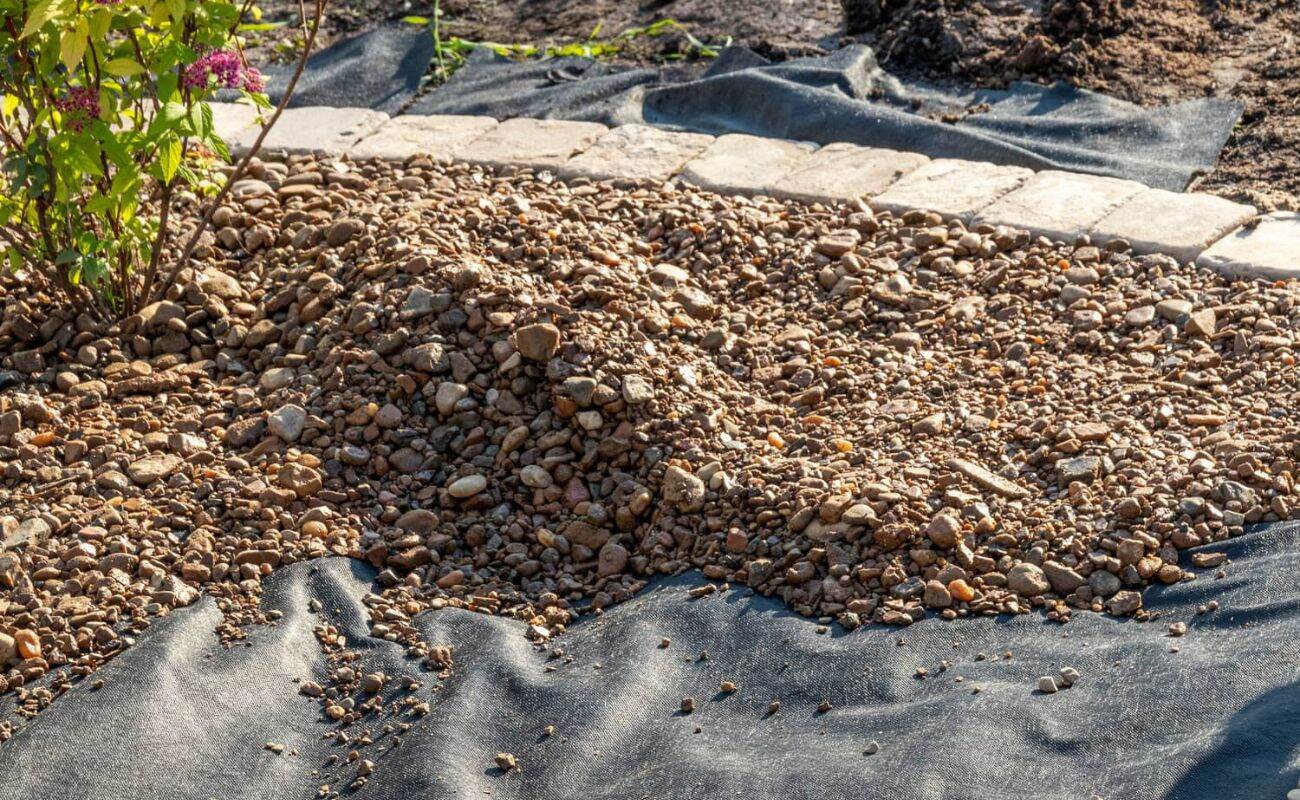
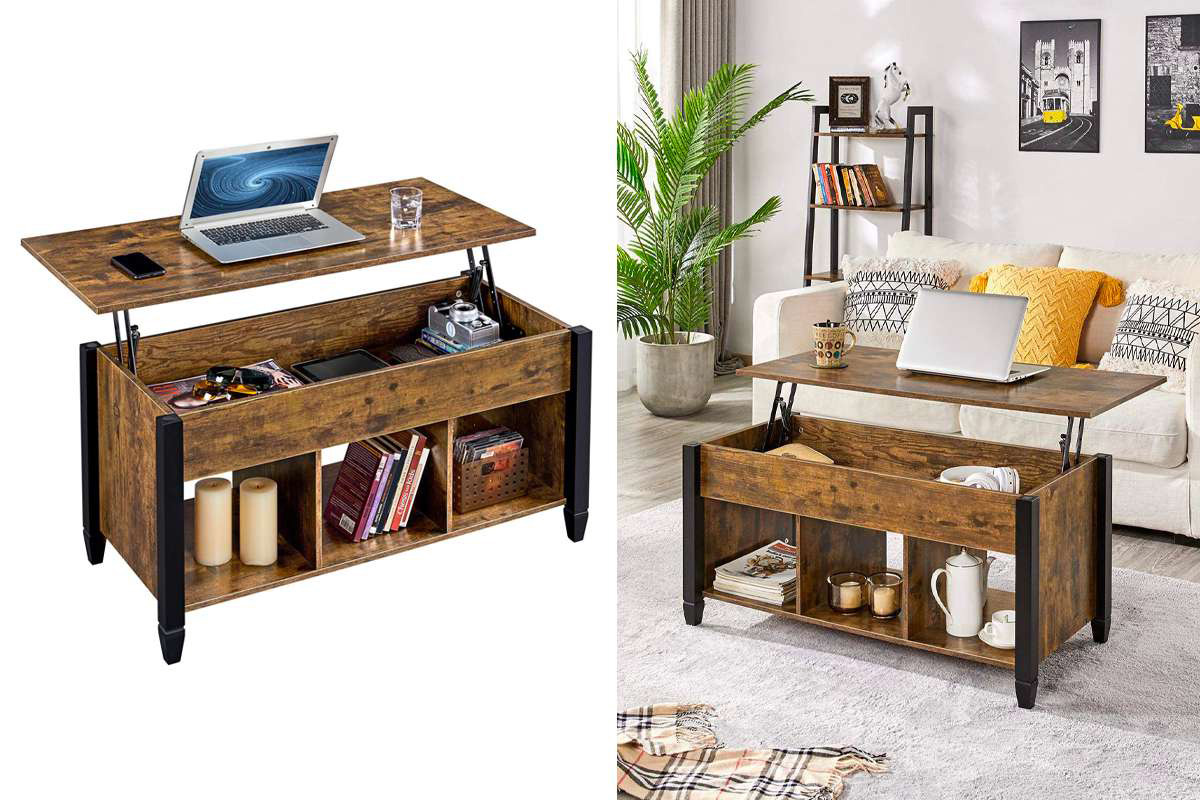
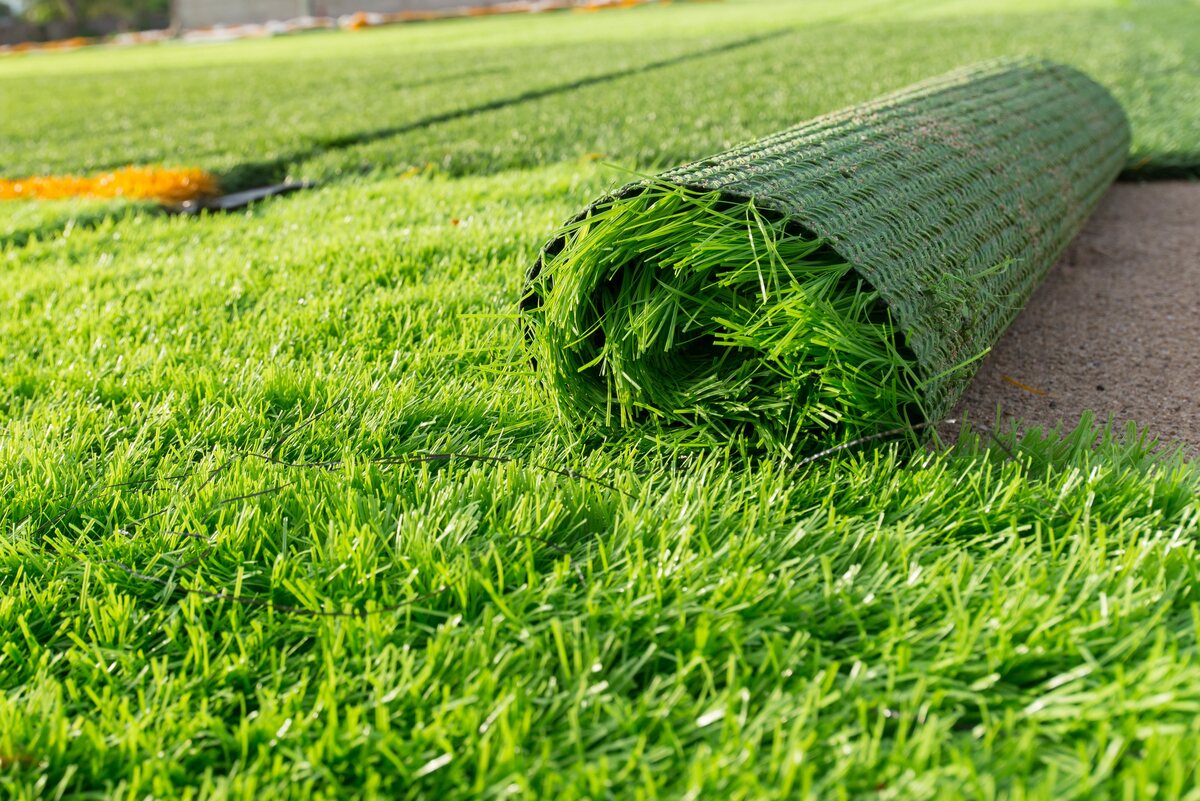

0 thoughts on “What To Put Under A Bounce House”